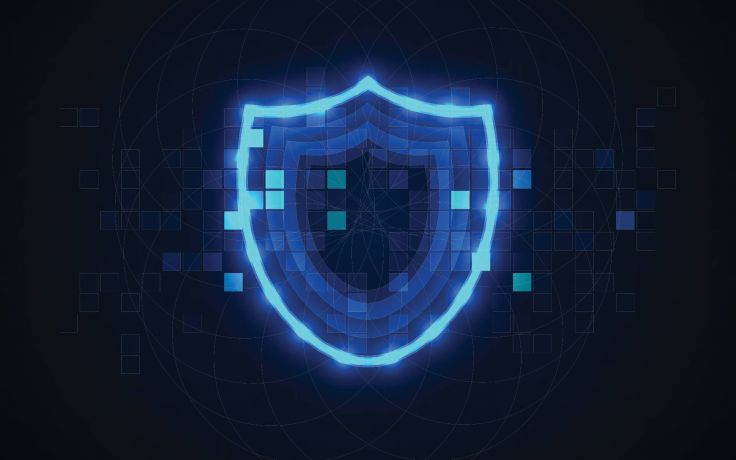5G Network Security in Telecommunications: Risks, Threats and Concerns
- Published
- 3 min reading

As computer networks have become more sophisticated, cyber-criminals have upped their game too. In fact, hacking has become a dark industry in its own right, with illegal “crimeware” products being sold in much the same way as network security packages – right down to professional support desks and “try before you buy” offers.
5G network security concerns: security risks of 5G
High data transfer speeds and increased capacity are among the advantages of 5G. However, while consumers and legitimate businesses such as those in the telecommunications industry will undoubtedly benefit, there will also be new opportunities for cyber-criminals. In addition, the increase in connectivity associated with 5G and the Internet of Things means there is a larger overall network “surface area” across which hackers can probe for weak points.
It’s this factor that a recent survey by AT&T found to be of greatest concern among companies in North America, India, Australia, and the UK. Other key security areas highlighted by the AT&T survey were the greater number of devices in the IoT (Gartner predicts that this will reach 25 billion within the next two years), and the need to authenticate and apply appropriate security policies to these devices. Where the IoT is concerned, it’s not only telcos and corporate network security managers that need to be concerned; the Mirai botnet cyber-attack of 2016 harnessed the connectivity of hundreds of thousands of poorly protected personal web cameras, routers and other devices to launch distributed denial of service attacks on major players such as Twitter and Spotify. And, once they have access to a network, the high speeds of 5G mean hackers can steal data very quickly. Mirai showed a crucial weakness of the IoT: that it is not necessary to penetrate robust corporate defences in order to gain access to an organization’s network. Cyber-criminals need only gain access to a device connected to that network – and that may be as simple as piggy-backing on an employee’s smart watch or phone.
Countering 5G security threats for telecommunication networks
No single security method can be said to deliver 100 per cent protection. However, security risks of 5G network can be mitigated. The first steps are risk assessment and vulnerability testing. The key here is to find a reliable partner that can put a network through its paces, using advanced tools to probe for weaknesses. Once back doors into a network have been identified, it is much easier to close them. A robust 5G network security plan for telecommunications should include virtualized, automated security controls with embedded artificial intelligence and machine learning capabilities; after all, known threats and weak points are relatively easy to defend against, but a network that can spot new anomalies as they develop is much better protected than one that can not. IT security managers also need to consider a zero-trust environment, which means proactively blocking network access from any device that has not been positively identified. Finally – and of particular importance to telcos – all partners need to cooperate in security policy and implementation, which could mean working with a managed security service provider.
The global rollout of 5G will certainly have profound and positive effects on society at large, and will revolutionize communications. But with the benefits comes a need for caution; the days of installing anti-virus software and expecting it to keep a network safe are gone.






